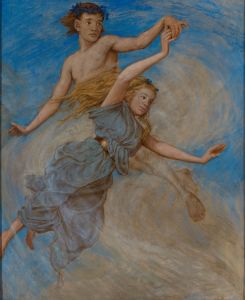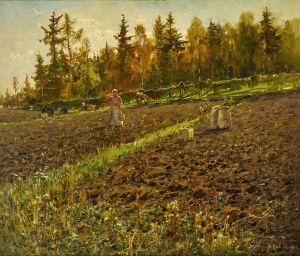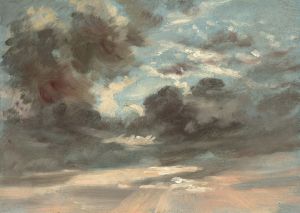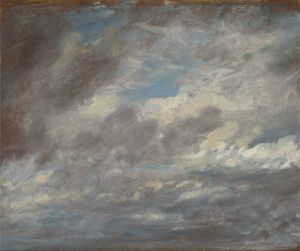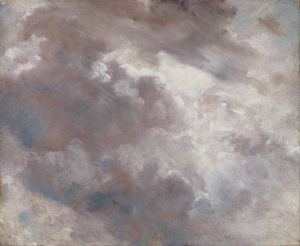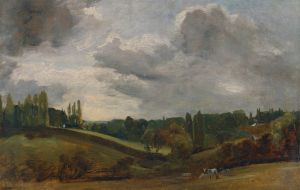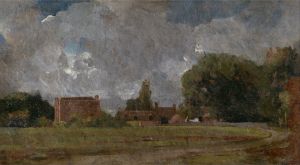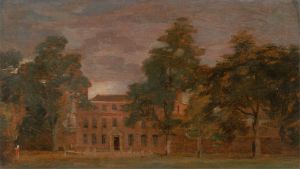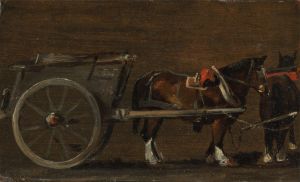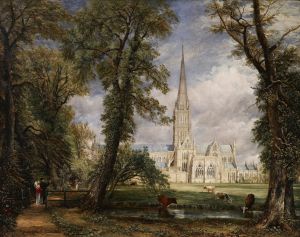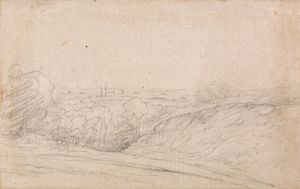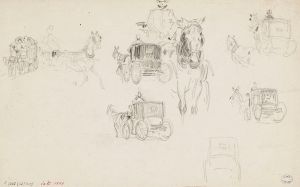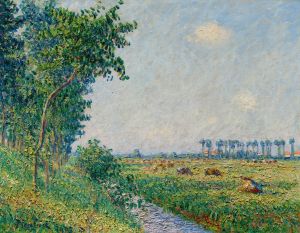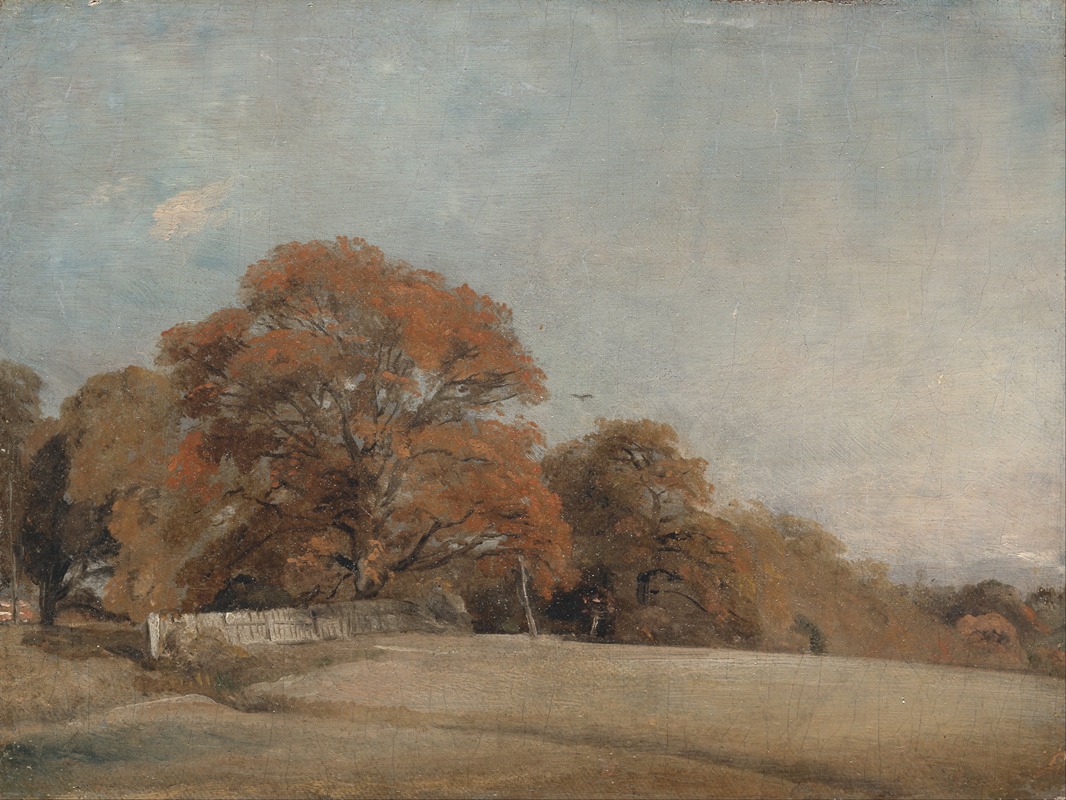
An Autumnal Landscape at East Bergholt
A hand-painted replica of John Constable’s masterpiece An Autumnal Landscape at East Bergholt, meticulously crafted by professional artists to capture the true essence of the original. Each piece is created with museum-quality canvas and rare mineral pigments, carefully painted by experienced artists with delicate brushstrokes and rich, layered colors to perfectly recreate the texture of the original artwork. Unlike machine-printed reproductions, this hand-painted version brings the painting to life, infused with the artist’s emotions and skill in every stroke. Whether for personal collection or home decoration, it instantly elevates the artistic atmosphere of any space.
"An Autumnal Landscape at East Bergholt" is a painting by the renowned English Romantic painter John Constable. Constable, born in 1776 in East Bergholt, Suffolk, is celebrated for his landscape paintings that capture the natural beauty of the English countryside. His works are characterized by their attention to detail, use of light, and the ability to convey the atmosphere of the rural landscapes he cherished.
This particular painting, "An Autumnal Landscape at East Bergholt," is believed to have been created around the early 19th century, during a period when Constable was deeply engaged in capturing the essence of his native Suffolk. East Bergholt, Constable's birthplace, frequently served as an inspiration for his work, providing the backdrop for many of his most famous paintings.
The painting depicts a serene autumnal scene, showcasing the vibrant colors of the season. Constable's use of color and light in this work exemplifies his skill in portraying the changing moods of nature. The landscape is likely to feature elements typical of Constable's style, such as expansive skies, lush foliage, and a meticulous attention to the effects of light and shadow. These elements combine to create a sense of tranquility and a deep appreciation for the natural world.
Constable's technique often involved painting en plein air, or outdoors, which allowed him to observe and capture the transient effects of light and weather directly from nature. This approach was somewhat revolutionary at the time and contributed to the development of the landscape genre in British art. His dedication to painting directly from nature was a departure from the more classical and idealized landscapes that were popular in the 18th century.
"An Autumnal Landscape at East Bergholt" reflects Constable's commitment to portraying the English countryside with authenticity and emotion. His landscapes were not just visual representations but were imbued with a sense of nostalgia and personal connection to the land. This emotional depth is a hallmark of Constable's work and has contributed to his lasting legacy in the art world.
Throughout his career, Constable faced challenges in gaining recognition, as his style was initially not well-received by the conservative art establishment of his time. However, his persistence and unique vision eventually earned him acclaim, particularly in France, where his work influenced the Barbizon School and later the Impressionists.
Today, John Constable is regarded as one of the greatest landscape painters in Western art. His works are held in major collections around the world, including the National Gallery in London and the Louvre in Paris. "An Autumnal Landscape at East Bergholt" is a testament to Constable's enduring ability to capture the beauty and spirit of the English countryside, making it a significant piece in the study of Romantic landscape painting.





